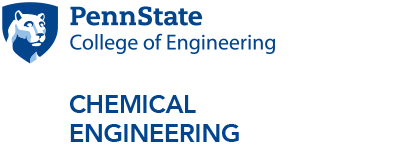
Researchers design computational tool to prospect novel bioconversion pathways
11/06/2015
Researchers from the Department of Chemical Engineering at Penn State have developed a two-step workflow to optimize metabolic networks for the production of chemical products and biofuels.
The computational procedure, termed “optStoic,” aims to provide creative designs for converting carbon substrates from renewable sources such as glucose and glycerol and gases such as methane, carbon monoxide and carbon dioxide, into valuable chemical products and biofuels. The procedure works by combining existing biological pathways in ways that have not been thought of before.
“The key idea is not to focus too early on any particular combination of substrates or products,” said Costas D. Maranas, Donald B. Broughton Professor of Chemical Engineering. “Instead, you must first determine the best strategy given the available substrates and possible products without violating any mass, energy or thermodynamic balances.”
The computational procedure was developed by Maranas and Anupam Chowdhury, a chemical engineering graduate student, in Maranas’ Chemical and Biological Systems Optimization Lab.
“You can think of the first step as ‘creating an overall budget’ that tells you what you need to consume and produce to be the most efficient,” said Chowdhury. “The next step simply fills in the missing chemical conversion steps that link reactants to products to come up with a complete pathway design.”
The computational base was designed at Penn State with funding from the Department of Energy’s Office of Science and by the National Science Foundation’s Center for Biorenewable Chemicals (CBiRC) based at Iowa State University. The hope is that CBiRC and other researchers will use optStoic to come up with innovative ways to efficiently convert available carbon resources to valuable products.
The two-step computational model is featured this month in the Nature Publishing Group journal Scientific Reports.



